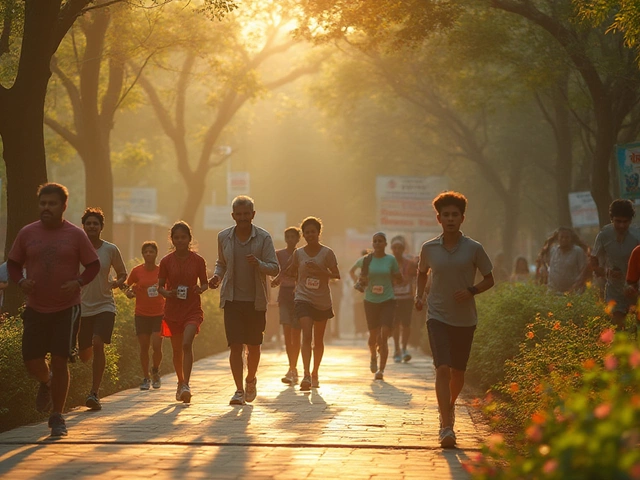Navigating diabetes means understanding what foods and medications could put your health at risk. It's not just about sugar—certain foods, drinks, and even medications can impact blood sugar levels or counteract diabetes meds. This guide breaks down what diabetics should definitely avoid, what to enjoy in moderation, and how certain meds may interfere with diabetes management. With this knowledge, diabetics can manage their condition more effectively.
Read MoreDiabetes Restrictions: Simple Rules to Keep Blood Sugar Steady
Living with diabetes means you have to pay attention to what you put in your body. It’s not about banning everything you love, but about knowing the red‑flag items that can send your glucose soaring. Below you’ll find the most common food, drink, and habit restrictions that help you stay in the safe zone.
Food and Drink Limits
First up, sugar isn’t the only culprit. Simple carbs like white bread, white rice, and regular pasta break down fast and cause a quick spike. Swap them for whole‑grain versions or lower‑glycemic options such as quinoa, brown rice, or millet.
Sweetened drinks are big troublemakers. A can of soda, sugary tea, or even fruit juices can deliver more carbs than a big plate of pasta. Stick to water, unsweetened herbal tea, or sparkling water with a splash of lemon.
Fried foods and anything coated in batter are high in unhealthy fats and carbs. They slow digestion and keep blood sugar elevated for hours. If you crave crunch, try baked veggie sticks or roasted nuts (watch the portion).
Processed snacks—think chips, crackers, and packaged pastries—often contain hidden sugars and refined flours. Read labels carefully; look for “no added sugar” and “high fiber” tags. A small handful of almonds or a piece of fruit can keep cravings at bay without the crash.
Alcohol can be sneaky. While a single glass of dry wine might be okay for some, mixed drinks loaded with syrups or sweet mixers can cause unpredictable spikes. If you drink, do it with food and track your numbers.
Medication & Lifestyle Rules
Metformin, sulfonylureas, and newer GLP‑1 drugs each have specific warnings. Never double your dose because you missed a meal—talk to your doctor about how to adjust safely.
Timing matters. Take your meds with meals as prescribed; skipping a meal while on insulin can lead to dangerous lows. Keep a routine: breakfast, lunch, dinner, and medication at the same times every day.
Exercise is a must, but don’t overdo it. A brisk 30‑minute walk after meals can help lower post‑meal spikes. If you plan a longer workout, check your glucose first and have a quick carb snack handy.
Stress and sleep affect blood sugar too. Lack of sleep raises cortisol, which can push levels up. Aim for 7‑8 hours of quality sleep and use simple stress‑busting tricks like deep breathing or short meditation breaks.
Finally, stay on top of monitoring. A quick finger‑stick before and after meals tells you what works and what doesn’t. Log the numbers, the food you ate, and any activity—patterns become clear fast.
By sticking to these practical restrictions, you won’t feel like you’re living on a diet. You’ll simply be making smarter choices that keep your energy steady and your health on track.





